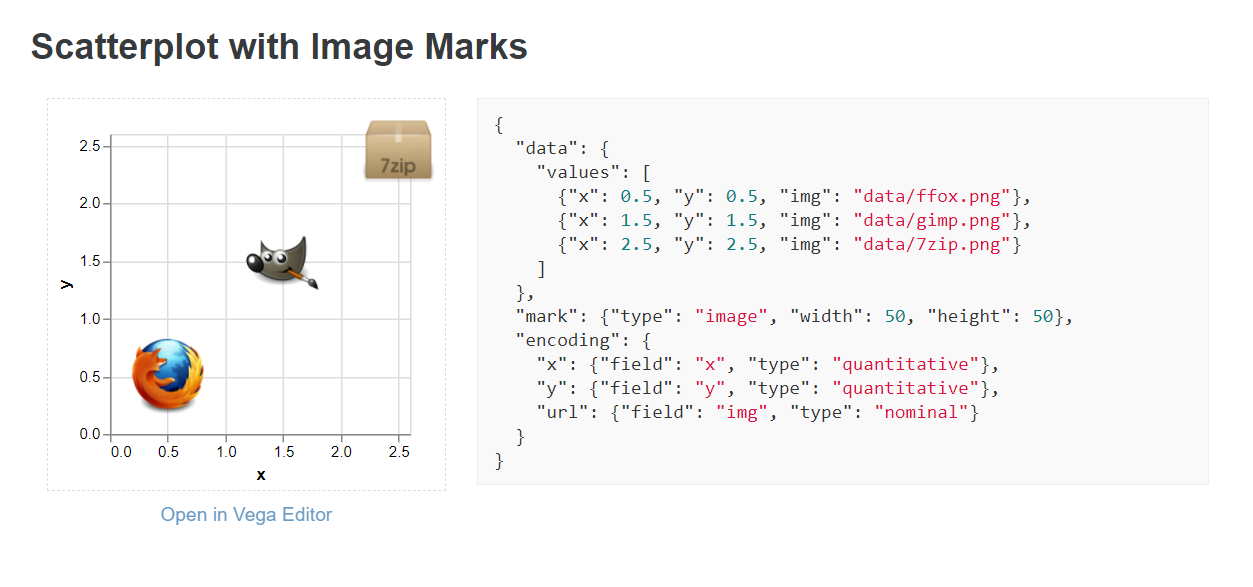


To do so effectively, however, we need to think carefully about how our visual pattern recognition abilities work, and how we can use that knowledge to effectively present our data. Plotting data allows us to leverage the astounding human ability to recognize patterns visually to help us understand our data. Plotting is one of the most important tools of data science, not only for effectively communicating findings to others, but also for exploring and understanding data for oneself. Altair, GDP per Capita, and Economic Development.Plotting, Basics Plotting, Basics Contents.Steven’s 1947 article On the theory of scales of measurement. The identification of nominal, ordinal, interval, and ratio types dates at least as far back as S. The framework of data types, marks, and channels also guides automated visualization design tools, starting with Mackinlay’s APT (A Presentation Tool) in 1986 and continuing in more recent systems such as Voyager and Draco. The image above illustrates position, size, value (brightness), texture, color (hue), orientation, and shape channels, alongside Bertin’s recommendations for the data types they support. The systematic study of marks, visual encodings, and backing data types was initiated by Jacques Bertin in his pioneering 1967 work Sémiologie Graphique (The Semiology of Graphics). Interested in learning more about visual encoding?īertin’s taxonomy of visual encodings from Sémiologie Graphique, as adapted by Mike Bostock.
Altair mark text how to#
In a later module, we’ll examine how to further customize your charts by modifying scales, axes, and legends. In the next module, we will look at the use of data transformations to create charts that summarize data or visualize new derived fields.

For a comprehensive reference – including features we’ve skipped over here! – see the Altair marks and encoding documentation. We’ve completed our tour of data types, encoding channels, and graphical marks! You should now be well-equipped to further explore the space of encodings, mark types, and mark parameters. Next, we will step through a number of the most commonly used mark types for statistical graphics. Mark_tick() - Vertical or horizontal tick marks.įor a complete list, and links to examples, see the Altair marks documentation. Mark_text() - Scatter plot points represented by text. Mark_square() - Scatter plot points as filled squares. Mark_rule() - Vertical or horizontal lines spanning the axis. Mark_rect() - Filled rectangles, useful for heatmaps. Mark_point() - Scatter plot points with configurable shapes.

Mark_circle() - Scatter plot points as filled circles. Mark_area() - Filled areas defined by a top-line and a baseline. Altair includes a number of built-in mark types, including: However, the point mark type is only one of the many geometric shapes that can be used to visually represent data. Our exploration of encoding channels above exclusively uses point marks to visualize the data. An axis with a zero baseline is essential for proportional comparisons of ratio values, but can be safely omitted for interval comparisons. Quantitative values can be visualized using position, size, or color value, among other channels. Vega-Lite represents quantitative data, but does not make a distinction between interval and ratio types. In the dataset above, year is a quantitative interval field (the value of year “zero” is subjective), whereas fertility and life_expect are quantitative ratio fields (zero is meaningful for calculating proportions). There are multiple sub-types of quantitative data:įor interval data we can measure the distance (interval) between points: what is the distance to value A from value B? (A - B), supporting statements such as “A is 12 units away from B”.įor ratio data the zero-point is meaningful and so we can also measure proportions or scale factors: value A is what proportion of value B? (A / B), supporting statements such as “A is 10% of B” or “B is 7 times larger than A”. With quantitative data we can measure numerical differences among values.


 0 kommentar(er)
0 kommentar(er)
